In industrial systems or chemical parks, organic substances can enter these wage systems or surface water during filling processes or repairs. To prevent this, waste water must be reliably inspected for contamination before it enters rivers or seas. How does it work? 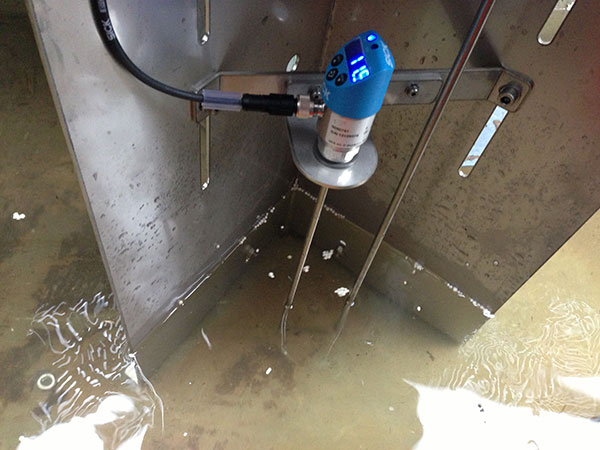 Legal requirements such as the German Federal Water Act (WHG) or corresponding EU directives regulate how bodies of water are protected. Operators of industrial systems want to be sure that they are able to meet these conditions. Sensors from SICK support the observance of these requirements and make a contribution to keeping the bodies of water clean.
Legal requirements such as the German Federal Water Act (WHG) or corresponding EU directives regulate how bodies of water are protected. Operators of industrial systems want to be sure that they are able to meet these conditions. Sensors from SICK support the observance of these requirements and make a contribution to keeping the bodies of water clean.
Example: Monitoring levels in transformer stations
As a leading transmission system operator for renewable energy in Europe, Amprion AG operates what at 11,000 km is the longest high-voltage grid between Lower Saxony in Germany, Switzerland, and Austria. This comprises a total of around 160 switching and transformer stations. Each transformer is erected in a concrete tank in which various liquids such as rainwater or oil are able to collect. In order to prevent the tank from overflowing, for example if there is heavy rainfall, a pump drains the liquid away as soon as a defined maximum level is reached. Conversely, to prevent the pump from running dry, it must be ensured that the level of liquid in the tank does not fall below a minimum level. The particular challenge here was that the medium to be measured consists of liquids that can change at random, such as water or oil. 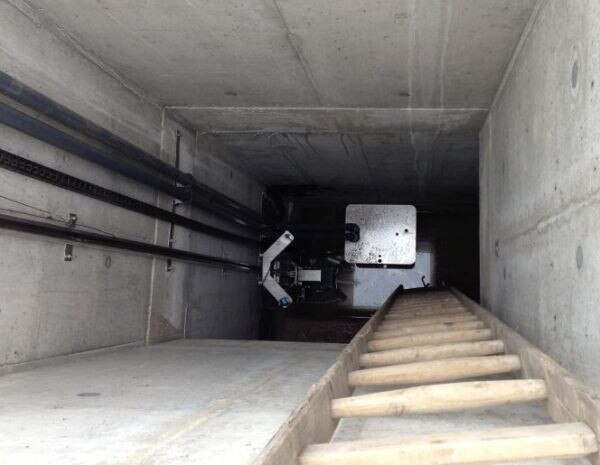
In the concrete tank - the combined solution from SICK
Two sensors with different operating principles - the LFP Cubic TDR level sensor and the UM30 ultrasonic sensor take measurements simultaneously and can therefore monitor each other. The LFP Cubic is used to take continuous level measurements and to detect limit values of liquids. Depending on the measurement principle, the measurement results are not affected by the properties of the medium. The UM30 is also used to measure the level in the collection tank. The integrated temperature compensation function, the ability to detect the level of clear or cloudy liquids regardless of their color, the large contamination tolerance, and the large operating temperature range from -25 °C to +70 °C guarantee reliable measurements all year round, even under difficult conditions. This combined solution from SICK prevents liquids from overflowing from the concrete tanks used by transformers, thereby protecting the environment
Example: Ultrasonic flow measurement in cooling circuits
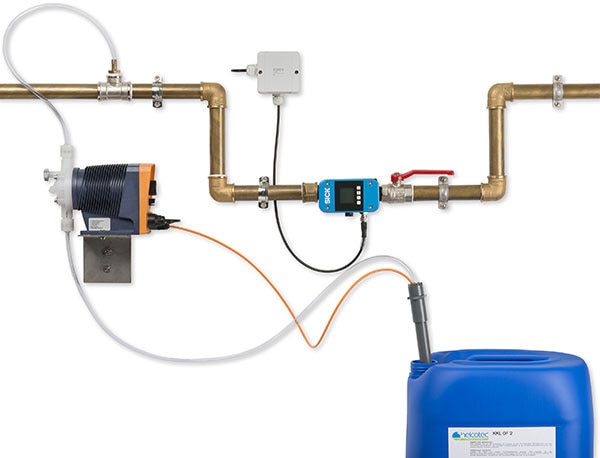 Evaporation or changing tools in process engineering applications, for example, can cause cooling water to be lost in cooling circuits. When filling with water, chemicals also have to be added so that the cooling water remains stable from a chemical/biological perspective and to prevent damage to the pipes and systems. Irrespective of whether open or closed cooling circuits are used, the addition of chemicals often means working with a large quantity of additives. The result can be an overdose, which inhibits the required stabilization and protective effects.
Evaporation or changing tools in process engineering applications, for example, can cause cooling water to be lost in cooling circuits. When filling with water, chemicals also have to be added so that the cooling water remains stable from a chemical/biological perspective and to prevent damage to the pipes and systems. Irrespective of whether open or closed cooling circuits are used, the addition of chemicals often means working with a large quantity of additives. The result can be an overdose, which inhibits the required stabilization and protective effects. 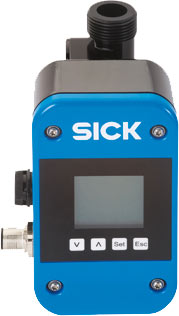 SICK's FFU ultrasonic flowmeter ensures that the precise amount of cooling liquid supplied to the system is known. The metering pump can then establish the correct cooling water/chemicals ratio and prevent any overdoses from occurring. The reduction in the amount of additives used doesn't just lower the operating costs of the plant operator, it also benefits the environment, states Roland Schreurs from helcotec Chemie und Technik GmbH & Co. KG. The company works on the development, production, and sale of additives for cooling circuits.
SICK's FFU ultrasonic flowmeter ensures that the precise amount of cooling liquid supplied to the system is known. The metering pump can then establish the correct cooling water/chemicals ratio and prevent any overdoses from occurring. The reduction in the amount of additives used doesn't just lower the operating costs of the plant operator, it also benefits the environment, states Roland Schreurs from helcotec Chemie und Technik GmbH & Co. KG. The company works on the development, production, and sale of additives for cooling circuits. 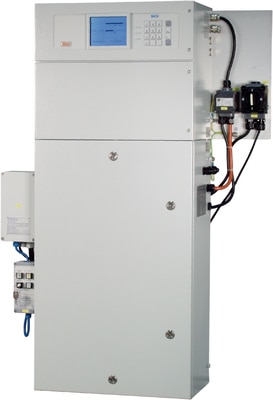 Yet SICK sensors can offer even more when it comes to sustainability. For example, the TOCOR 700 extractive total carbon water analyzer continually extracts small samples from the waste water and inspects it for organic contaminants. Operators can thereby distinguish between waste water that can be fed directly into watercourses and that which must undergo post-treatment.
Yet SICK sensors can offer even more when it comes to sustainability. For example, the TOCOR 700 extractive total carbon water analyzer continually extracts small samples from the waste water and inspects it for organic contaminants. Operators can thereby distinguish between waste water that can be fed directly into watercourses and that which must undergo post-treatment.
- Product information: LFP Cubic TDR level sensor, TBS temperature sensor, UM30 ultrasonic sensor, FFU ultrasonic flowmeter, TOCOR700 total carbon water analyzer
- Product portfolio: Level sensors, ultrasonic sensors, temperature sensors
- Customer information: Amprion GmbH, helcotec, DÜLK & KOSUB

